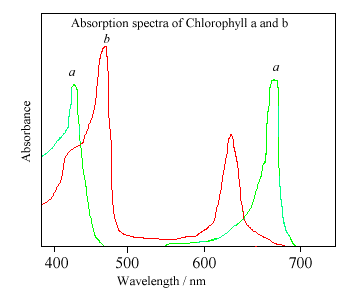amoril
Member
What do you mean the HPS bud was puffed up and not natural?? How could a light make the bud become "Unnatural?"
Also, what do you mean the CMH should put the plant back to it's natural native state of light spectrum? That doesn't make sense, am I misunderstanding you?
My understanding is the only real difference between a CMH and HPS is that the CMH gives off more light that is usable to a plant in terms of photosynthesis, so it emits fewer lumens, but a higher percantage of it's emitted light is usable to a plant.
I agree with the portions I didn't quote....and just wanna give my
 on this piece
on this piece 
When I refer to CMH being a more "natural" indoor lighting choice, Im referring to the spectrum of light emitted. The sun, what we would define as THE natural lighting source (duh) emits light in all spectra.
A HPS or MH bulb only emits appreciable quantities of light in a limited spectra, whereas a CMH throws a relatively full and somewhat balanced spectrum.
The reference to "puffed up" is probably an observational property of the fact that the plant is only recieving half the spectrum, and as such not stimulating all of the photosynthetic processes.
Bud grown under a HPS will be hard pressed to even resemble outdoor grown bud, but CMH buds seem to be more in line with natures bud/leaf ratio and structure.



